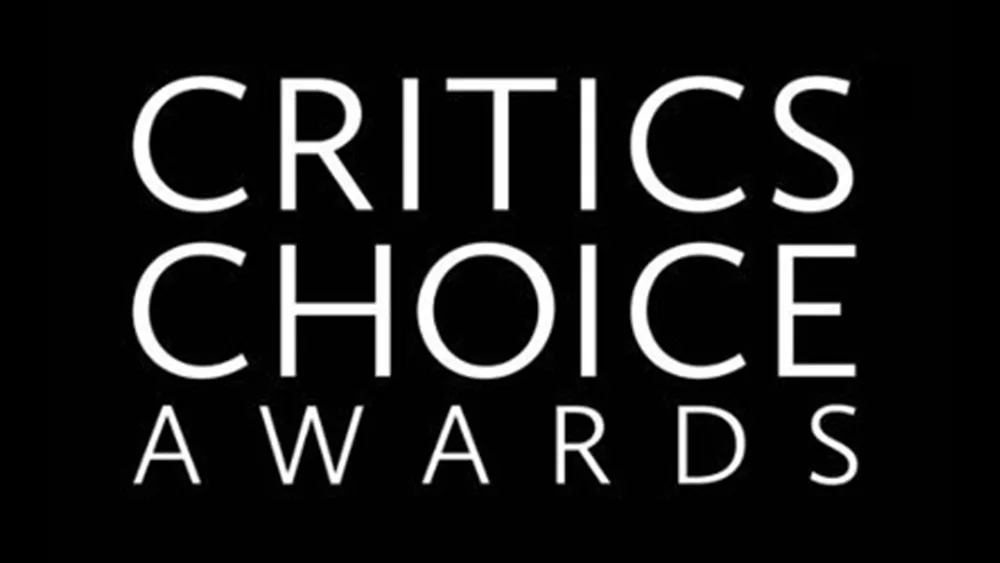By Scott Cole
CRIMES OF THE FUTURE – * * 1/2 (2 1/2 out of 5 stars)
Director: David Cronenberg
Starring: Viggo Mortensen, Léa Seydoux, Kristen Stewart, Scott Speedman, Don McKellar
After two theatrical viewings and a lot of thought, I must be honest with myself that while I find many of the ideas put forth in David Cronenberg’s Crimes of the Future interesting, I come away from the film underwhelmed and disappointed. It is Cronenberg’s first film in 8 years, and in style it harkens back to his body horror glory days of the 70s and 80s. The problem is that it harkens back a little too much. It ends up becoming derivative Cronenberg. In its substitution of sex with other visceral activity, it feels too reminiscent of Videodrome (1983) and Crash (1996). Even visually and artistically, the scenes of wires and tubes being stuck into a hole in someone’s body, the “mechanic” character, and props such as the specialized chair to aid digestion all have been seen before in eXistenZ (1999).
The film takes place sometime in the indeterminate future. Frequent Cronenberg collaborator Viggo Mortensen stars as Saul Tenser, a performance artist with the rare ability to generate new organs inside his body repeatedly. He has turned his unique ability into performance art with Caprice (Léa Seydoux), a former trauma surgeon who is now using her skills to operate on Saul by removing his newly generated extraneous organs in their shows. This is possible because it is explained that in this new world the experience of pain has almost totally disappeared and infections are no longer. The story gets convoluted from there and hard to discuss without revealing important plot points, but as I watched it unfold I was always balancing between being somewhat intrigued, wryly amused (Cronenberg weaves a lot of satire into this tale), or kind of bored. As the story progressed, I found my interest dwindling in how the story would develop. The main jolt of energy the film consistently gets are the characters of Timlin (Kristen Stewart) and Wippet (Canadian cinematic treasure Don McKellar) who work at the National Organ Registry who are starstruck by Saul and his abilities. They are always surprising, interesting, and make you want more of them in the film. Stewart gives an especially fascinating performance that is a combination of body language, nerves, and voice that you have never seen before. She really has become one of her generation’s finest actresses.
Ever since the film premiered at Cannes, much has been made about the walkouts and intense content of the film. Most of this has been overblown. If you are attending a David Cronenberg film by this point, you most likely are not a squeamish audience member. Yes there are some violent and graphic scenes, mostly involving surgery, but it is not as intense as a lot of other films. In fact, a surgery scene in Michael Bay’s recent Ambulance is much more gruesome than anything you see in Crimes of the Future. I have been a Cronenberg fan for many years, so it pains me to say that this film just did not work very well for me. The sexual undertones of the films and surgery scenes in particular are interesting, but the movie keeps getting distracted by its overloaded plot mechanics. By the end, I was wishing the movie had focused more on the relationships between the characters than in trying to wrap up stories involving an underground political group, software engineers up to no good, and intrigue with the police vice unit. Crimes of the Future is ambitious and has interesting aspects, but it ends up playing like a highlight reel of David Cronenberg’s past efforts.
WATCHER – * * * (3 out of 5 stars)
Director: Chloe Okuno
Starring: Maika Monroe, Karl Glusman, Burn Gorman
There is a fine line between tension and tedium, and for its first half, Chloe Okuno’s Watcher straddles that line alarmingly. It gets off to a slow, somewhat rocky start portraying a waning relationship between newlyweds Julia (Maika Monroe) and Francis (Karl Glusman) as they move from New York to Bucharest where Francis has taken a job and, more importantly for the film, speaks the native Romanian language as his family has roots there. These early scenes feel like Okuno has not yet found her footing as the dialogue occasionally rings false and clunky. Eventually the film’s real story comes into focus as Julia finds herself alone most of the time in their apartment since Francis has to burn the midnight oil at his new job to impress the boss. While looking out the window one night, she sees what appears to be a man in the building across the street looking back at her. She puts it out of her mind, shakes it off… until she sees him again the next time she gazes out the window. Then again. Soon a man who Julia is convinced is the same man follows her into a movie theater (and sits directly behind her in a big empty theater which is a personal antisocial phobia of mine) and then a grocery store. She expresses her concerns to Francis who doesn’t seem to believe her or take her seriously, and she has even less luck with the police. Julia’s internal struggle escalates as she tries to reason away what’s happening to her while knowing that something feels very wrong and threatening.
Despite the heavy hand that guides the first half of the movie, and its tendency to drag a bit, I must admit that by the conclusion Okuno had effectively ratcheted up the tension to a satisfying degree, and I was caught up in where the story was going. The use of the language barrier is handled pretty effectively as the audience joins Julia in how lost she is in conversation, therefore isolating her even more when she struggles to communicate even with a neighbor trying to find her missing cat. Less impressive is the handling of the Francis character who joins Jack Reynor’s Midsommar character in the Worst Partner Hall of Fame as he constantly reacts the wrong way and does the wrong things to help his aggrieved wife. But the film’s center is held strongly by a powerfully convincing performance from Monroe, who I guess is now the go-to actress when it comes to movie victims of unbearable stalking after 2014’s It Follows and now Watcher. Obviously there is a Hitchcockian, Rear Window vibe that Okuno is using as a jumping off point. But it’s also fascinating that she uses this familiar thriller framework to make a point about the struggle women seemingly have in society just being believed in all contexts. These higher aspirations and a harrowing final act elevate Watcher to something I wouldn’t have expected from its first half.




Leave a comment